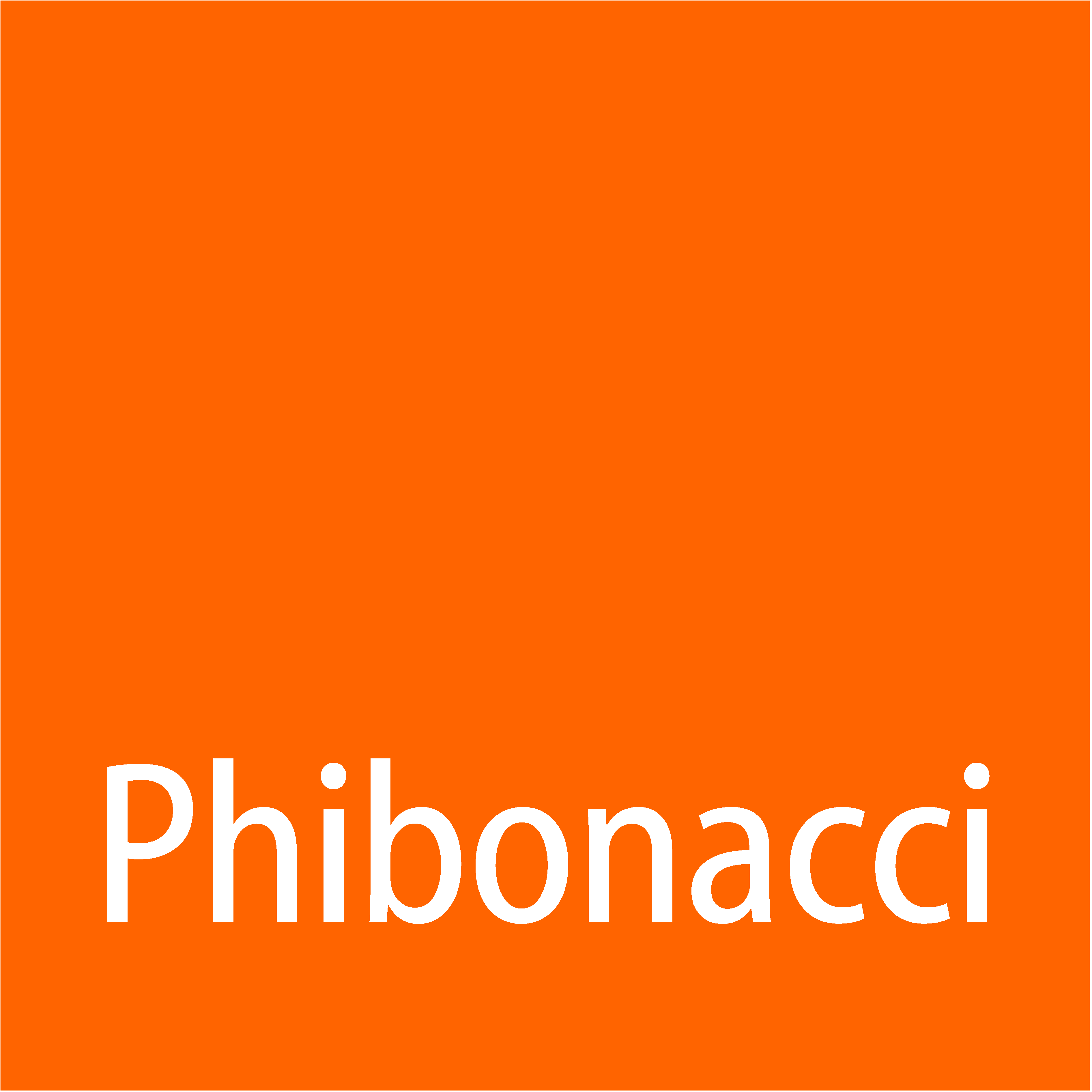Taking over the SFDR epic owner role on the project in order to deliver the project in a timely and qualitative manner.
Supporting the EU’s Green Deal
The Sustainable Finance Disclosure Regulation (SFDR) is a pivotal component of the EU’s Green Deal, aimed at transitioning capital flows towards sustainable investments to achieve carbon neutrality by 2025, as set by the 2016 Paris Agreement.
SFDR Requirements
The SFDR requires financial market participants (FMPs) and financial advisers to disclose at both entity and product levels how they integrate sustainability risks and principal adverse impacts into their investment decision-making processes. It also introduces additional product disclosures for financial products making sustainability claims.
Increasing transparency and investor protection
The objective of the regulation is to provide transparency to investors, to strengthen investor protection and to make it easier for investors to compare financial products and services on their sustainability claims and consequently, to guide their investment decisions.
Regulatory technical standards (RTS)
The SDFR RTS specify the methodology, content and presentation of information to be disclosed at product level (precontractual documents, sustainability-related websites disclosures and periodic reports) and at entity level (principle adverse impact indicators (PAI) statement and website disclosures).
Scope
All Article 8 (promotion) and 9 (objectives) products (funds, T21, T23, mandates) were impacted and all group, banking and insurance entities were involved, along with other distributors. The entity level PAI statement involves all investment decisions, including conventional Article 6 products.
Moving target
The SFDR RTS had to be implemented considering incremental guidance from three European supervisory authorities (European Banking Authority (EBA), the European Securities and Markets Authority (ESMA) and the European Insurance and Occupational Pensions Authority (EIOPA)) and sometimes deviating FAQs and review comments from several national supervisors. Consequently preparations had to be adapted in an agile way, while meeting the strict regulatory deadlines.
Soon after the introduction on 1 January 2023, an update to the SFDR RTS was released on 17 February 2023.
To keep the in-house Responsible Investing methodology competitive and compliant, a yearly review cycle was initiated, introducing changes to the disclosures.
EU-Taxonomy in SFDR and NFRD
Given the relationship between SFDR and the EU-Taxonomy classification system of environmentally sustainable investments, the asset management-related part of the corporate Non-Financial Reporting Directive (NFRD) reporting was also in scope of the project (reporting over 2023 in the group annual report). Also the first preparations for the implementation of the Corporate Sustainability Reporting Directive (CSRD) based on the European Sustainability Reporting Standards (ESRS) by the European Financial Reporting Advisory Group (EFRAG) were supported.
Other related topics
Other related activities were added to the scope along the way, including EC Consultations for SFDR review and the SFDR precontractual and periodic data collection exercises by the Commission de Surveillance du Secteur Financier (CSSF).
Future updates in the pipeline
The SFDR RTS is a dynamic framework, subject to further updates. An impact assessment of the pending SFDR RTS update was made, while an ongoing broader SFDR review might introduce further changes.
Handover
Pending further internal and external updates, the opportunity was taken to implement further organisational and operational (e.g. automation) improvements and to hand over the epic to an internal epic owner.
Ready to assist
Phibonacci will continue to closely monitor developments in sustainability-related regulations and is ready to assist existing and new clients in further implementation.

